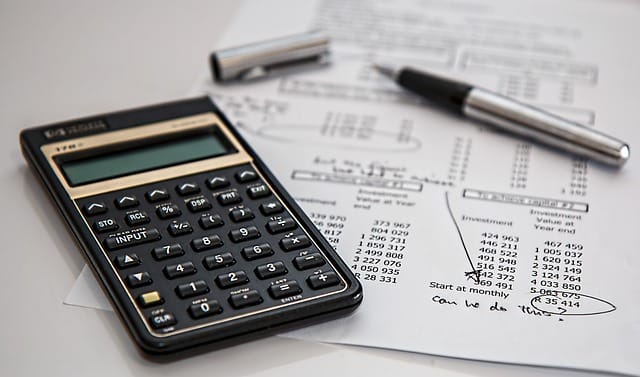Capital gains taxes often come shrouded in myths and misconceptions, leading to confusion about their application and impact on investments. Clearing these misconceptions is crucial, as a proper understanding of capital gains taxes is vital for making informed financial decisions. Delve into the intricacies to grasp how these taxes operate, their relevance to specific investments, and their potential implications.
Demystifying Capital Gains Taxes: A Closer Look
1. Applicability: Gain insights into when capital gains taxes come into play and the scenarios that trigger their application.
2. Impact on Investments: Understand how these taxes affect various investments and assets, ensuring you can navigate potential tax implications wisely.
3. Navigating Blind Spots: Gain clarity on commonly overlooked aspects of capital gains taxes, empowering you to make informed decisions as a savvy investor.
Don’t let myths cloud your understanding of capital gains taxes. Empower yourself with accurate information to make strategic financial moves. Illuminate the intricacies, seize opportunities, and maximize your investment potential with a clear understanding of capital gains taxes

What are Capital Gains Taxes?
A capital gains tax is a tax that incurs when an individual or corporation sells an asset. The tax is assessed based on the increase or growth in value of that asset over the course of time that the entity in question has owned it. When the asset is sold and the capital gains tax has been paid, the tax is said to have been “realized”. This is an important piece to remember, as the capital gains tax does not apply to the growing value of unsold investment or “unrealized capital gains”. It only comes into play when the asset is sold.
When Do Capital Gains Taxes Apply?
Not all assets are subject to capital gains taxes. While there are some niceties and particulars to navigate, in general, capital gains taxes usually apply to the following:
- Stocks
- Bonds
- Jewelry
- Homes and other real estates
- Vehicles
- Collectibles and art
These fall under the category of a capital asset, which in turn is generally defined as significant pieces of property with a useful life of longer than a year. Some assets are not seen as fitting this standard, and thus do not qualify for a capital gains tax regardless of the increase in value at the time of sale. These include:
- Business inventory or depreciable business property
- Literary, musical, or artistic compositions
- A letter, memorandum, or similar property. Examples might include drafts of speeches, recordings, transcripts, manuscripts, drawings, or photographs.
- Copyrights, patents, inventions, models, designs (patented or not), recipes, or secret formulas
Even with these guidelines available, it’s often difficult to determine if a given asset is a capital asset or not. In those cases, the advice and guidance of a financial professional are useful in minimizing costs and expenses at the time of sale.
Dealing with Capital Gains Tax
There are several strategies one might employ to anticipate and mitigate the impact of capital gains taxes when an asset is sold. A good first step is estimating the cost of capital gains taxes against the value of a potential sale. Doing so involves weighing the capital gain along with your income and tax bracket, so the result will depend on your particular situation. This can be a complex process, and the guidance of an experienced professional well versed in the relevant tax code can save you time, money, and heartache.
If you’re facing a potential capital gains situation and want to ensure the best possible outcome, OmniStar Financial can help. We’re here to illuminate the blind spots on your path to financial success, via effective capital gains management, retirement planning, or investing. Get in touch today and let’s build your financial future.
